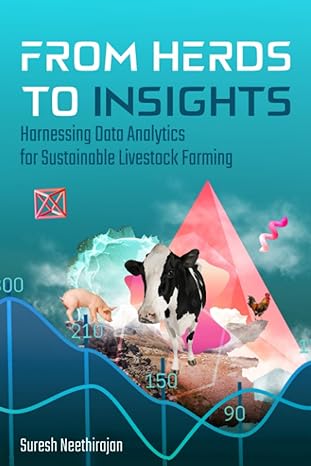Question
Haskell Language This is import file module BinTree where data BinTree a = Leaf | Node a (BinTree a) (BinTree a) deriving (Eq,Ord) sing ::
Haskell Language
This is import file
module BinTree where
data BinTree a = Leaf | Node a (BinTree a) (BinTree a)
deriving (Eq,Ord)
sing :: a -> BinTree a
sing x = Node x Leaf Leaf
e = Node 1 (sing 2) (Node 3 (sing 3) (sing 4))
e1 = Node 1 (Node 3 (sing 4) (sing 3)) (sing 2)
e2 = Node 10 (Node 30 (sing 40) (sing 30)) (sing 20)
e3 = Node 10 (sing 30) (sing 20)
e4 = Node 1 (sing 4) (Node 9 (sing 9) (sing 16))
e5 = Node 1 (sing 2) (Node 3 e3 (sing 4))
bst = Node 10 (Node 6 (sing 5) (sing 7)) (Node 13 (sing 11) (sing 15))
bst1 = Node 10 (Node 6 (sing 5) (Node 7 Leaf (sing 8))) (Node 13 (sing 11) (sing 15))
showTree :: Show a => BinTree a -> String
showTree Leaf = "*"
showTree (Node x l r) = "[" ++ show x ++ " " ++ showTree l ++ " " ++ showTree r ++ "]"
instance Show a => Show (BinTree a) where
show = showTree
Here is the question I need help
module Exercises(module Exercises,module BinTree) where
import BinTree
{- the output tree should be just like the input
tree, except that the left and right subtrees of
every node have been switched. -}
mirror :: BinTree a -> BinTree a
mirror = undefined
{- implement a function similar to map for lists, but working on BinTrees.
In more detail: btMap takes in a function from a to b, and should apply
that function to all the values stored in the input BinTree, to obtain
the output BinTree. -}
btMap :: (a -> b) -> BinTree a -> BinTree b
btMap = undefined
{- return the data stored in the BinTree, using a
postfix traversal (so the value stored at each
node appears after values in its subtrees). I
will go over some similar code, which you can
find in the Inclass.hs file for week3 on ICON,
on Tuesday, Feb. 7. -}
toListPost :: BinTree a -> [a]
toListPost = undefined
{- swap the first and second elements of the list, then
repeat. When you get to a list with just one value
or the empty list, return that list. -}
swap2 :: [a] -> [a]
swap2 = undefined
{- combine the two lists by taking one element from the first,
then an element from the second, and so forth. If one list
ends before the other, return the other. -}
knit :: [a] -> [a] -> [a]
knit = undefined
{- return all the subtrees you find at the given depth,
which you may assume is greater than or equal to zero.
At depth 0, you should return a list containing the input tree.
For depth greater than 0, if the input tree is a Leaf, return
the empty list.
-}
btDrop :: Int -> BinTree a -> [BinTree a]
btDrop = undefined
{- this is like zipWith on lists.
The given function should be applied to corresponding values
at Nodes. If one tree has a Node and the other has a Leaf,
just return Leaf. -}
btZipWith :: (a -> b -> c) -> BinTree a -> BinTree b -> BinTree c
btZipWith = undefined
{- We can represent paths into a tree as a list of booleans. Each
Bool indicates whether we should recurse into the left subtree (True) or
the right one (False). Given a path and a tree, return the subtree found
by following the path. If the tree ends in a leaf before the path ends,
then return Nothing. -}
btSubtree :: [Bool] -> BinTree a -> Maybe (BinTree a)
btSubtree = undefined
{- insert the given element of type a into the given BinTree,
viewed as a binary search tree. That is, you may assume
that in any subtree (Node y l r), all data in l are less than
or equal to y, and all data in r are greater than y.
You should insert the new element into the tree in a way
that maintains this property: insert to the left if the new element
is less than or equal to y, and otherwise insert to the right.
If you encounter a Leaf you just create a new singleton tree with
the new element.
If you forgot about binary search trees a little, just search online
for "binary search tree insert". -}
bstInsert :: Ord a => a -> BinTree a -> BinTree a
bstInsert = undefined
Step by Step Solution
There are 3 Steps involved in it
Step: 1

Get Instant Access to Expert-Tailored Solutions
See step-by-step solutions with expert insights and AI powered tools for academic success
Step: 2

Step: 3

Ace Your Homework with AI
Get the answers you need in no time with our AI-driven, step-by-step assistance
Get Started


